YORK, UK/BARCELONA, Spain: Based on their study of dental plaque from Europe’s oldest hominin, scientists have concluded that the region’s earliest humans did not use fire for cooking, but had a balanced raw diet of meat and plants. The research has once again demonstrated the potential of dental calculus to store dietary and environmental information over such a long period.
Archaeologists at the University of York and the Universitat Autònoma de Barcelona examined dental plaque from a 1.2-million-year-old hominin (Homo species), recovered by the Atapuerca research team in 2007 from the Sima del Elefante site in northern Spain. They extracted microfossils to find the earliest direct evidence of food eaten by early humans. These microfossils included traces of raw animal tissue, uncooked starch granules indicating consumption of grasses, pollen grains from a species of pine, insect fragments and remains of what might have been a toothpick.
All detected fibres were uncharred, and there was no evidence showing inhalation of micro-charcoal—normally a clear indicator of proximity to fire. The timing of the earliest use of fire for cooking is hotly contested, with some researchers arguing that habitual use started around 1.8 million years ago, while others suggest it was as late as 300,000–400,000 years ago.
Possible evidence of firemaking has been found at some very early sites in Africa. However, the lack of fire evidence at Sima del Elefante suggests that this knowledge was not carried with the earliest humans when they migrated from Africa. The earliest definitive evidence of the use of fire elsewhere is 800,000 years ago at the Spanish site of Cueva Negra and at Gesher Benot Ya’aqov in Israel a short time later.
Taken together, this evidence suggests that the development of fire use occurred at some point between 800,000 and 1.2 million years ago, providing a new timeline for when the earliest humans started to cook food.
“This new timeline has significant implications in helping us to understand this period of human evolution—cooked food provides greater energy, and cooking may be linked to the rapid increases in brain size that occurred from 800,000 years ago onwards,” said Dr Karen Hardy, lead author and Honorary Research Associate at the University of York and a Catalan Institution for Research and Advanced Studies research professor at the Universitat Autònoma de Barcelona.
According to Hardy, “Obtaining evidence for any aspect of hominin life at this extremely early date is very challenging. Here, we have been able to demonstrate that these earliest Europeans understood and exploited their forested environment to obtain a balanced diet 1.2 million years ago, by eating a range of different foods and combining starchy plant food with meat.”
The findings correlate well with previous research that hypothesised that the timing of cooking is linked to the development of salivary amylase, which is needed to process cooked starchy food, explained Hardy. “Starchy food was an essential element in facilitating brain development, and contrary to popular belief about the ‘Paleodiet’, the role of starchy food in the Palaeolithic diet was significant,” she said.
Anita Radini, co-author and a PhD student at the University of York, said: “These results are very exciting, as they highlight the potential of dental calculus to store dietary and environmental information from deep in the human evolutionary past. It is also interesting to see that pollen remains are preserved often in better conditions than in the soil of the same age. Overall this is a very positive step in the discipline, in terms of preservation of material in the calculus matrix.”
The study, titled “Diet and environment 1.2 million years ago revealed through analysis of dental calculus from Europe’s oldest hominin at Sima del Elefante, Spain”, was published online on 15 December in The Science of Nature journal.
DURHAM, N.C., U.S./BIRMINGHAM, U.K.: Cancers that occur in the back of the mouth or in the upper throat are often diagnosed only when they are advanced as ...
Leuven, Belgium: As digital dentistry continues to evolve, artificial intelligence (AI) is stepping into roles once thought to require exclusively human ...
PHILADELPHIA, US: It was previously believed that Streptococcus mutans was the main microorganism responsible for dental caries. However, in a recent study,...
SAN JUAN, Puerto Rico/SPRING, Texas, U.S.: Mercury in dental amalgam contributes to global mercury pollution in multiple ways, such as the illegal diversion...
MADISON, Wis., U.S.: Various studies have previously suggested that there is a link between poor oral health and the occurrence of inflammatory diseases, ...
In Part 1 of this series, we examined how dental students can begin preparing early to establish a global-ready profile. In Part 2, we focus on interns, ...
This article series is designed to help dental students and professionals navigate the path to an international dental career with clarity and confidence. ...
WASHINGTON, U.S.: Exfoliated teeth, one of the few tissues in our body that record the history of environmental insults, are turning out to be a promising ...
This article is about a unique dental app called Denthue, where we interview its creator Dr. Sachin Chaware, Prosthodontist, Nashik. DentHue is a digital ...
KUALA LUMPUR, Malaysia: Investigating the plaque-inhibiting effect of a green tea and miswak mouthwash, researchers from the University of Malaya have found...
Live webinar
Wed. 14 January 2026
10:30 pm IST (New Delhi)
Dr. Théo Laplane, Dr. Robert Gottlander DDS
Live webinar
Fri. 16 January 2026
10:30 pm IST (New Delhi)
Live webinar
Mon. 19 January 2026
11:30 pm IST (New Delhi)
Philipp Kopp, Michael Seeber
Live webinar
Thu. 22 January 2026
7:30 pm IST (New Delhi)
Prof. Judith Jones D.D.S; M.P.H., Prof. Kakuhiro Fukai D.D.S., Ph.D, Dr. Bathsheba (Bethy) Turton
Live webinar
Fri. 23 January 2026
12:30 am IST (New Delhi)
Dr. Nicola M. Grande DDS, PhD
Live webinar
Wed. 28 January 2026
6:30 pm IST (New Delhi)
Live webinar
Wed. 28 January 2026
9:30 pm IST (New Delhi)
Prof. Dr. Jan-Frederik Güth



 Austria / Österreich
Austria / Österreich
 Bosnia and Herzegovina / Босна и Херцеговина
Bosnia and Herzegovina / Босна и Херцеговина
 Bulgaria / България
Bulgaria / България
 Croatia / Hrvatska
Croatia / Hrvatska
 Czech Republic & Slovakia / Česká republika & Slovensko
Czech Republic & Slovakia / Česká republika & Slovensko
 France / France
France / France
 Germany / Deutschland
Germany / Deutschland
 Greece / ΕΛΛΑΔΑ
Greece / ΕΛΛΑΔΑ
 Hungary / Hungary
Hungary / Hungary
 Italy / Italia
Italy / Italia
 Netherlands / Nederland
Netherlands / Nederland
 Nordic / Nordic
Nordic / Nordic
 Poland / Polska
Poland / Polska
 Portugal / Portugal
Portugal / Portugal
 Romania & Moldova / România & Moldova
Romania & Moldova / România & Moldova
 Slovenia / Slovenija
Slovenia / Slovenija
 Serbia & Montenegro / Србија и Црна Гора
Serbia & Montenegro / Србија и Црна Гора
 Spain / España
Spain / España
 Switzerland / Schweiz
Switzerland / Schweiz
 Turkey / Türkiye
Turkey / Türkiye
 UK & Ireland / UK & Ireland
UK & Ireland / UK & Ireland
 International / International
International / International
 Brazil / Brasil
Brazil / Brasil
 Canada / Canada
Canada / Canada
 Latin America / Latinoamérica
Latin America / Latinoamérica
 USA / USA
USA / USA
 China / 中国
China / 中国
 Pakistan / Pākistān
Pakistan / Pākistān
 Vietnam / Việt Nam
Vietnam / Việt Nam
 ASEAN / ASEAN
ASEAN / ASEAN
 Israel / מְדִינַת יִשְׂרָאֵל
Israel / מְדִינַת יִשְׂרָאֵל
 Algeria, Morocco & Tunisia / الجزائر والمغرب وتونس
Algeria, Morocco & Tunisia / الجزائر والمغرب وتونس
 Middle East / Middle East
Middle East / Middle East
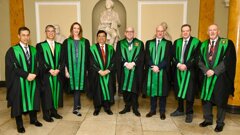
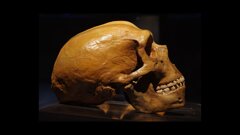

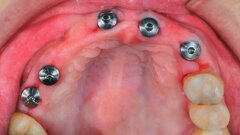

























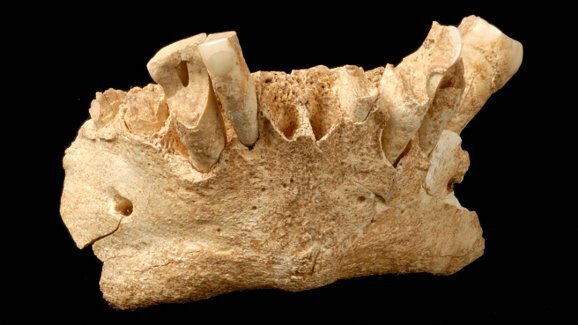



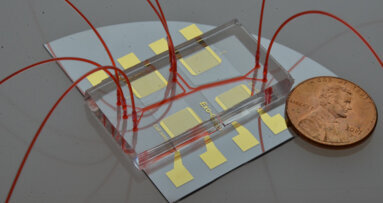
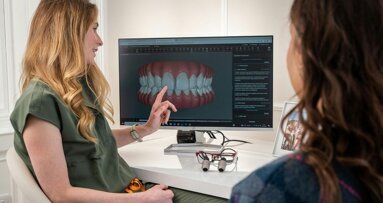

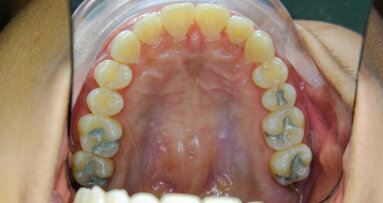























To post a reply please login or register